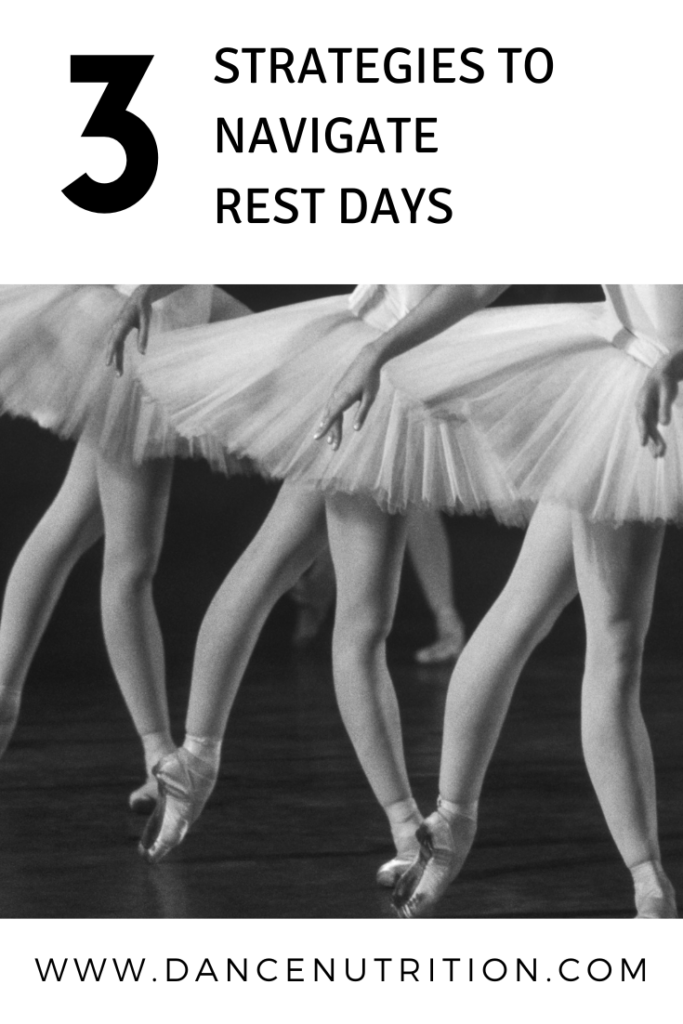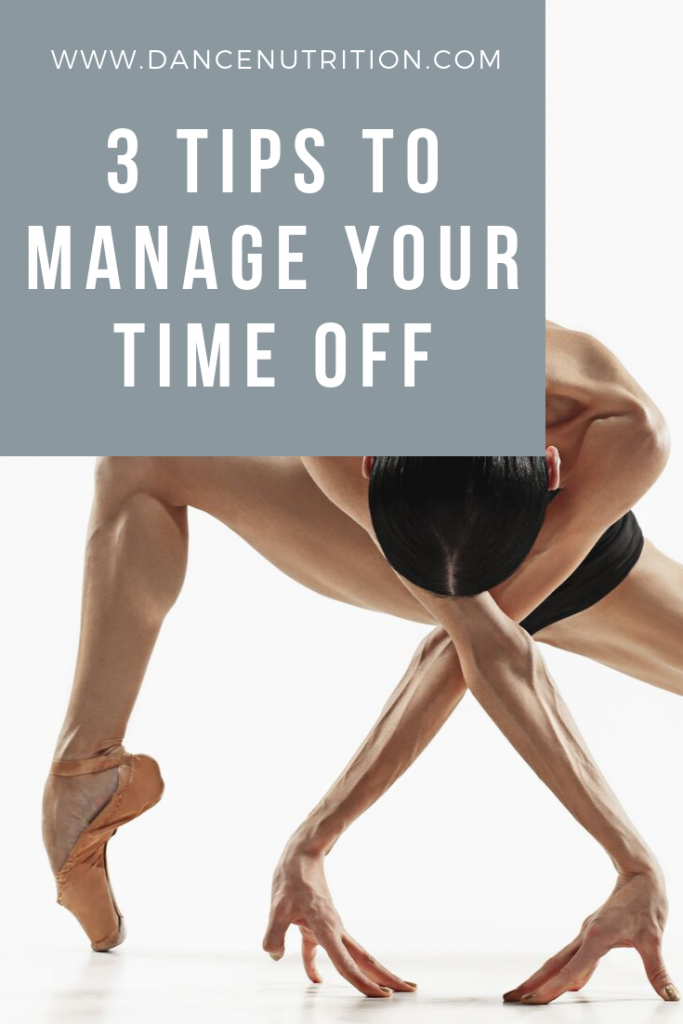How to survive time away from the studio
I will admit that “time off,” whether from dance or general life, never came easy for me. Though I now consider myself a recovering perfectionist, there was a time when taking a break felt nearly impossible. To maintain the joy in my work and in my dancing, I’ve had to proactively plan for rest (and also, come to terms with times of unplanned rest).
For dancers, my story is no exception. Whether it be a day (or two) off, a long weekend, a holiday, or an injury, time away from the studio can induce high levels of stress and anxiety. But here’s a hard truth: though a dancer’s commitment to their craft is unmatched, time away from the studio is non-negotiable.
Rest is a necessity for the sustainability of your career and arguably, a major part of your progress. Rest days provide your body with the time needed to recover; this means your muscles heal from intense training, your energy replenishes to prevent chronic fatigue, your mindset resets to prevent the onset of burnout, and ultimately, you reduce your risk for injuries (especially chronic overuse injuries).
Key Strategies to Effortlessly Navigate Time Away from The Studio
#1: Fuel The Process
Though you’re not as physically moving as much, your body is still active, metabolically. And if you’re coming off an intense performance season, then your body’s recovery process is desperate for nourishment. Contrary to popular opinion, your food intake doesn’t need to differ drastically between rest days and active days. The same holds true for a prolonged period of rest (such as several weeks or months). It especially holds true for dancers needing to restore weight lost during intensives or performance seasons.
A nourishing meal plan that includes regular and consistent meals and snacks is your baseline. A fuel mix combines the three macronutrients: protein, fat, and carbohydrates. Gentle nutrition guidelines can help to boost your intake of fibrous complex carbohydrates and heart-healthy unsaturated fats. Hydration will also be a priority, especially if you’re taking time off to recover from an injury (learn more here).
Here are additional resources to help in the creation of your nourishing meal plan. But understand that consulting with a Registered Dietitian Nutritionist is encouraged for dancers struggling to meet their needs even during periods of time off.
#2: Prioritize Body Attunement as Self-Care
Though dancers might feel that time away from the studio detracts from their progress, this time offers a new opportunity: reconnecting to your body’s intuitive cues for energy balance. Having the time to identify and honor hunger and fullness cues is not always a practical choice for dancers navigating busy schedules.
A flexible meal plan is a necessity to ensure adequate fueling during busy seasons. This is especially true for those who experience diminished or nonexistent hunger cues. Now’s your time to practice self-discovery. Consider journaling as a tool throughout the process (read more about how to utilize journaling in a helpful way).
Some dancers might experience a surge in hunger cues during their days off. This could be a sign that your body is attempting to catch up from a previous energy deficit. It’s important to honor these cues and consume adequate amounts of food. For other dancers, hunger cues might feel more stable. These dancers might experience more profound fullness cues and as a result, that extra snack you’re usually getting in before bed may not be needed.
#3: Consider Joyful Movement
Anxiety over getting “out of shape” is a common feeling during time off. Whether it’s 1 day, 2 days, a few weeks, or a few months, however, stay confident that your body will get to a place where it can dance both joyfully and comfortably. Your ability to partake in movement during your time off will be dependent on both what is accessible to you (if you’re injured, movement will have to wait until medical clearance) and what is supporting your mindset.
Mindful movements like foam rolling, light stretching, yoga, and pilates are ways that dancers can experience the benefits of movement without sacrificing their body’s rest and recovery time. But for some, avoiding even these instances of mindful movement might be the best option. Activities of daily living, like food shopping and gardening, can be additional alternatives. To learn more about joyful movement and how dancers can partake in it, read this article.





